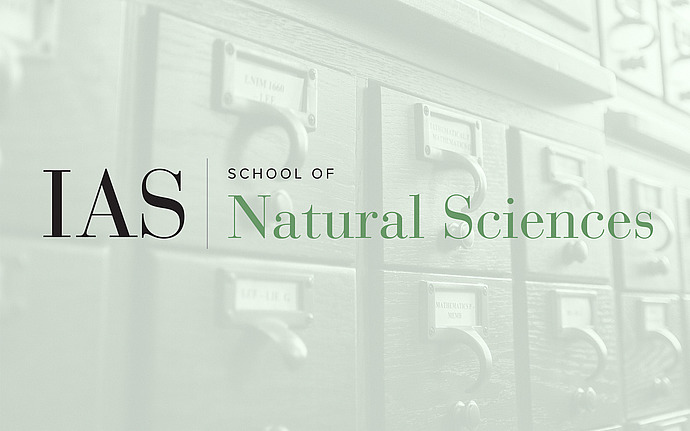
Institute for Advanced Study/Princeton University Joint Astrophysics Colloquium
Machine Learning for the Universe: Steps Towards Opening the Blackbox
To fully understand the structure formation of the Universe is one of the holy grails of modern astrophysics. Astrophysicists survey large volumes of the Universe and employ a large ensemble of computer simulations to compare with the observed data in order to extract the full information of our own Universe. However, to evolve trillions of galaxies over billions of years even with the simplest physics is a daunting task. In this talk, we discuss our recent work on building a deep neural network to predict the non-linear structure formation of the Universe from simple linear perturbation theory. Our extensive analysis, demonstrates that the deep learning model outperforms the second order perturbation theory, the commonly used fast approximate simulation method, in point-wise comparison, 2-point correlation, and 3-point correlation. We also show that the deep learning model is able to accurately extrapolate far beyond its training data, and predict structutre formation for significantly different cosmological parameters. Our study proves, for the first time, that deep learning is a practical and accurate alternative to approximate simultaions of the gravitational structure formation of the Universe. We will also discuss our efforts in understanding why the deep learning model is able to capture the non-linear structure formation of the Universe.
Date & Time
December 11, 2018 | 11:00am – 12:00pm
Location
Bloomberg Hall Lecture HallSpeakers
Shirley Ho
Affiliation
Flatiron Institute, Center for Computational Astrophysics
Event Series
Categories
Notes
Coffee and refreshments are available from 10:30 am in the Bloomberg Hall Commons Room. Last Joint Astrophysics Colloquium of the fall term.